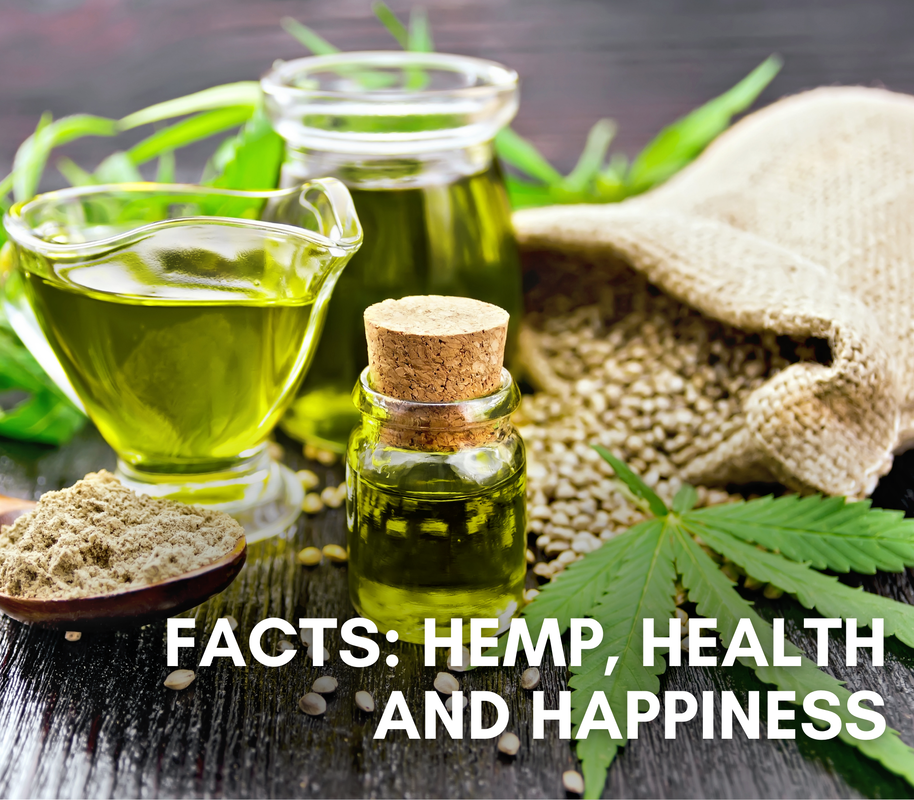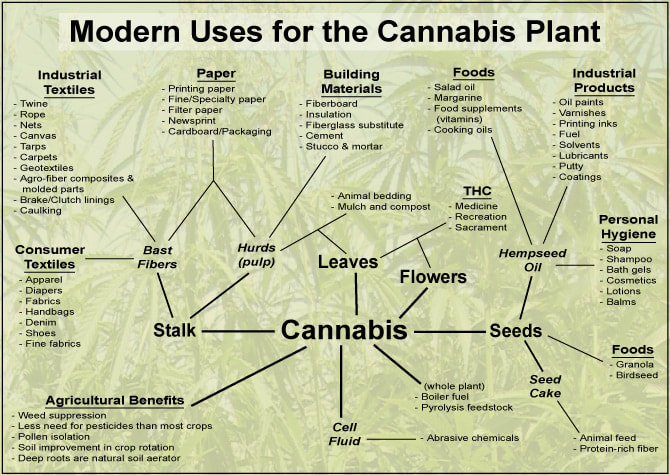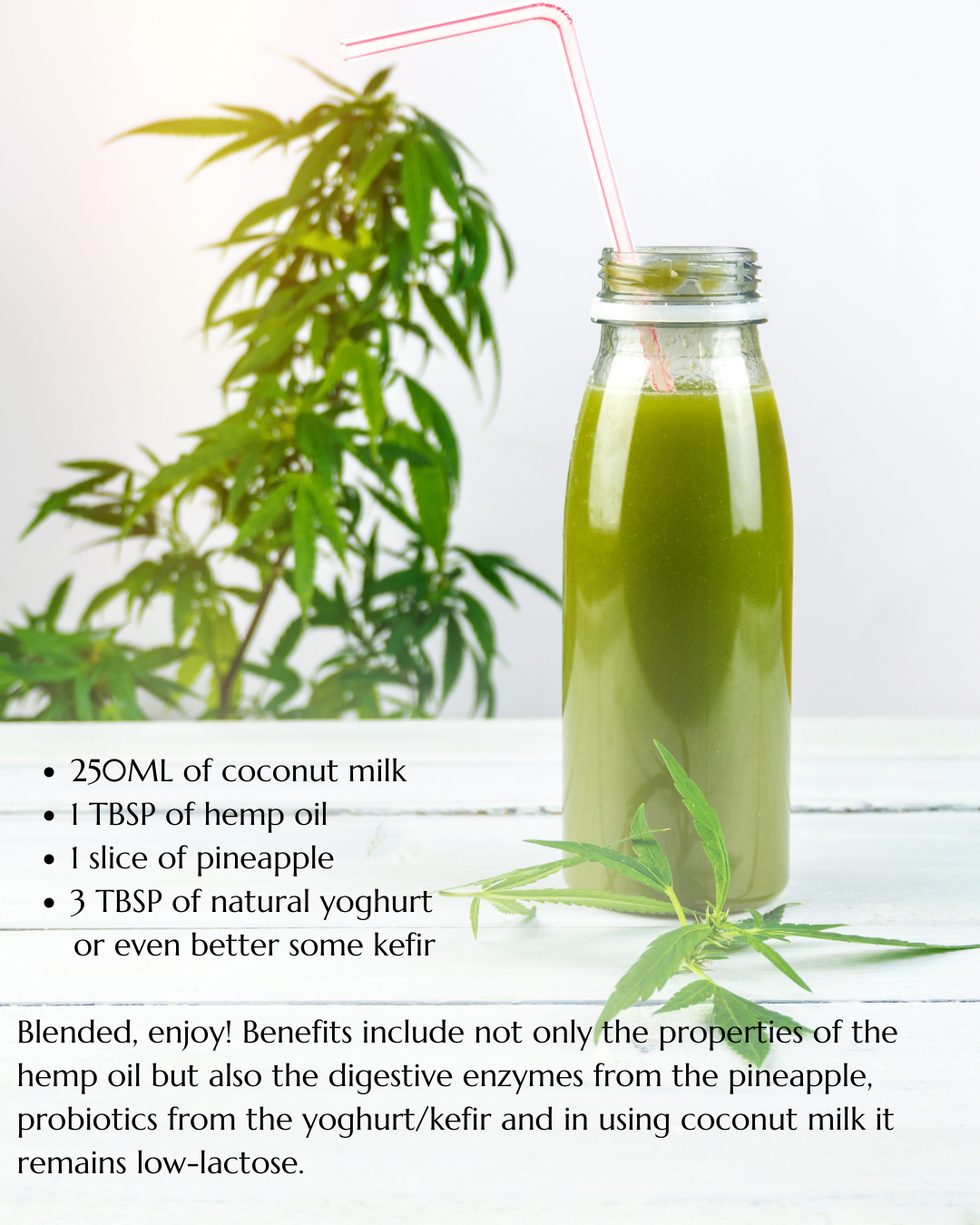- Home
-
Qualifications
- Diploma in Nutrition and Health Coaching
- Womens Health and Wellness Coach Certification
- Certified Coaching Professional Program
- Diploma in Coaching for Lifestyle & Wellbeing Management
- Holistic Wellness Coaching Program
- The Ultimate Triple Qualification
- Health Coaching Electives
- Wellness Coaching for Professionals
- Coach Gap Training
- Professional Certificate in Meal and Menu Planning
- Accreditation, Registration & Insurance Options
- Degree & Diplomas
- Short Courses
- Testimonials
- Enrol
- FAQs
- About
- Contact
- Login
- Things We Do
|
Hemp, it’s all the rage… at last! IGet ready for your hemp chai latte, or hemp protein balls, they’re out there now, but they’ll hit mainstream in no time. Hemp is the new ‘poster child’ of oils and flours. And why not! The ratio of omega-6 fatty acids to the all-important omega-3s places it in a very welcomed position in terms of oil. It’s protein composition too makes it a little stunner, and of course there’s even more to hemp in terms of plant compounds and micronutrients. So, we wanted to hemp-up a little here and look at the ways to get the most from your hemp indulgences. Cannabis? Marijuana? Hemp? What's what?Oh you might be wondering if hemp is the same as marijuana, the answer is yes, they’re both from the same plant species, Cannabis sativa L.. However, they differ by THC (delta 9-tetrahydrocannabinol) content (that’s the stuff we associate the effects of marijuana with), as well as on a number of other aspects. Some varieties of cannabis actually contain little or no THC and therefore don’t offer any mind altering effect. People tend to refer to this variety as ‘hemp’. Hemp that we use for non-medicinal purposes, traditionally referred to as ‘industrial hemp’ is the low THC version and this is the variety used as a food. How is it that some varieties of cannabis have low THC you ask? Great question, the answer lies in the ripening. Like many fruit the degree of ripening appears to influence the constituents within. Varieties of hemp with low THC appear to not yet be ripe. In other words, where hemp seeds are grown in cool regions the Cannabidiol (CBD) to THC ratio is much larger, in other words there is far more CBD and far less THC, compared to seeds grown in high UV regions. Tropical regions tend to ripen the seeds completely rending a greater amount of THC. Where can you get hemp?Hemp has a long history, it was used medicinally in China for over 3,000 years and as a cultivated crop it dates back 6,000 years (Garcia, 2017). It has only recently been approved in many countries for use beyond clothing and floorboards. Until recently the sale of foods derived from hemp had been prohibited in Australia and NZ, although our friends in the Land of the Long White Cloud (Aoteroa, NZ) have had a slightly more ‘flexible’ approach. Commercial hemp cultivation in NZ has been approved since 2005, although growers must have a permit and meet with regulatory requirements. After some recent risk assessment processes, the food governing agency Food Standards Australia New Zealand (FSANZ) has opted to give low THC hemp seed foods the thumbs up for consumption. Interestingly, in NZ hemp for consumption in humans was banned until the FSANZ changes, however hemp seed oil was an exception, and hemp seeds could be used or exported for animal feed purposes... nudge, nudge. The FSANZ board has given the green light for the sale of food that is derived from or includes the seeds of low THC varieties of Cannabis sativa aka low THC hemp. In the US, hemp was recently allowed to be grown under certain circumstances (as per the 2014 Federal Farm Bill). Across the States there are at least 33 states that have pro-hemp legislation. In the UK it’s legal to grow hemp, although you need a ‘hemp growing licence’ which you can get from the Home Office, growers must comply with the regulations. Hemp-based products are fairly easy to source across the UK and many parts of Europe. Keep in mind while you can buy seeds, to germinate and grow any cannabis seed you need a licence. Worldwide there are over 30 countries who allow industrial hemp to be grown and harvested. Cannabis, is the whole cannibisBefore you jump into the health side of hemp consumption you might be surprised at just how many ways hemp is used, it’s generally grown without chemicals, and the rate at which it grows makes it potentially a very environmental crop. Nutritional Oompa of hempThe oil content of hemp seeds ranges from 25-35%. Around 20-25% of the seed is protein and 20-30% carbohydrates, with about 10-15% fiber (Meizer, et al., 2014). Oh and don’t forget a whole host of vitamins and minerals such as thiamine, vitamin E, phosphorus, potassium, magnesium, calcium, iron and zinc (FSANZ, 2017). Hemp contains tocopherols which you’ll see partnered in vitamin E supplements. Tocopherols are a class of compounds, some of which have a vitamin E activity, and hence exert an antioxidant action and anti-mutagenic effect. Hemp seeds also have a favourable fatty acid profile, with more than 80% of the fats consisting of unsaturated fats. If we dig into the fatty acids a little more hemp seeds contain a healthy ratio of omega-6 and omega-3s. Specifically, linoleic acid (LA) and -linolenic acid (LNA also referred to as ALA) respectively is in a ratio of 3:1(Meizer et al, 2014. Hemp seed oil therefore is made up of around 75% EFAs (Meizer et al., 2014; Garcia, 2017). As well as some GLA, there may also be trace amounts of plant compounds such as cannabidiol (CBD). Cannabidiol (CBD) doesn't actually exert any psychoactive action. However, it has been shown to exert a number of health benefits (even in the absence of THC and related cannabinoids). It’s said to be anticonvulsant and can reduce tremors, it has pain-relieving properties (analgesic) which may make it useful in conditions where pain is difficult to treat including arthromyalgia, it has an anti-inflammatory effect as it inhibits our inflammation and pain-promoting compounds. CBD has a strong antimicrobial effect but get this, it even inhibits Gram-positive bacteria such as Staphylococcus aureus (Meizer, et al. 2014). Another interesting compound in hemp is sitosterol. You may have guessed from the ‘sterol’ in the name that this is a plant sterol. Plant sterols are plant compounds that have a chemical structure a little like cholesterol. Plant sterols appear to have a beneficial effect on blood cholesterol levels by blocking cholesterol absorption in the digestive tract (Meizer et al. 2014). How to eat hempMost hemp food products begin from the seed. The seed is covered by a crunchy outer husk, check out the image above, probably not what you expected it to look like. The whole seed is crushed and the oils are pressed and carefully removed to provide hemp oil. The meal that is left behind is milled and used to produce flour and hemp protein products. You can eat hemp seeds whole (with the shells on), fresh or toasted. Hemp seeds that have been hulled are referred to as ‘hulled hemp seeds’ or hemp hearts, they are soft-ish with a nutty flavour. You might use hemp by sprinkling, baking, adding to breakfast, smoothies, stir fry, hummus, pesto, tapenade or sweets or in many, many other ways. Add the oil to salads, smoothies, protein balls and other raw food delights. In considering what type of hemp product you might like to use, keep in mind that the fruit, seed and outer shell all contain various amounts of fatty acids. It seems that hulled seeds have lesser EFAs than ground seed meal that retains the shell (Garcia, 2017). I guess that speaks to the ‘whole food’ concept! Cope smoothie recipeCaring for your hemp so it can care for youOne of the things we wanted to remind you of if you are going to go down the hemp oil line is to remember that EFAs and many other polyunsaturated fatty acids (PUFAs) are vulnerable to light and heat. Best consumed fresh and stored for short periods, anywhere from a few weeks up to six weeks depending on how it has been produced, handled and stored before it gets you. Opt for a good quality product, there are organic ones around in many countries, check it’s cold pressed and in a dark container, then pop it in the fridge to keep those lovely fatty acids from going rancid. AuthorLeanne Cooper is the Founder and Director of Well College Global. Registered nutritionist and mother of two. Mindset and Clarity Coach, Mentor, Author, and Educator.
0 Comments
Leave a Reply. |
AuthorsBev Whyfon; Bev's Healthy Food Archives
July 2024
Categories
All
|
|
CONNECT WITH US
|
- Home
-
Qualifications
- Diploma in Nutrition and Health Coaching
- Womens Health and Wellness Coach Certification
- Certified Coaching Professional Program
- Diploma in Coaching for Lifestyle & Wellbeing Management
- Holistic Wellness Coaching Program
- The Ultimate Triple Qualification
- Health Coaching Electives
- Wellness Coaching for Professionals
- Coach Gap Training
- Professional Certificate in Meal and Menu Planning
- Accreditation, Registration & Insurance Options
- Degree & Diplomas
- Short Courses
- Testimonials
- Enrol
- FAQs
- About
- Contact
- Login
- Things We Do







 RSS Feed
RSS Feed
